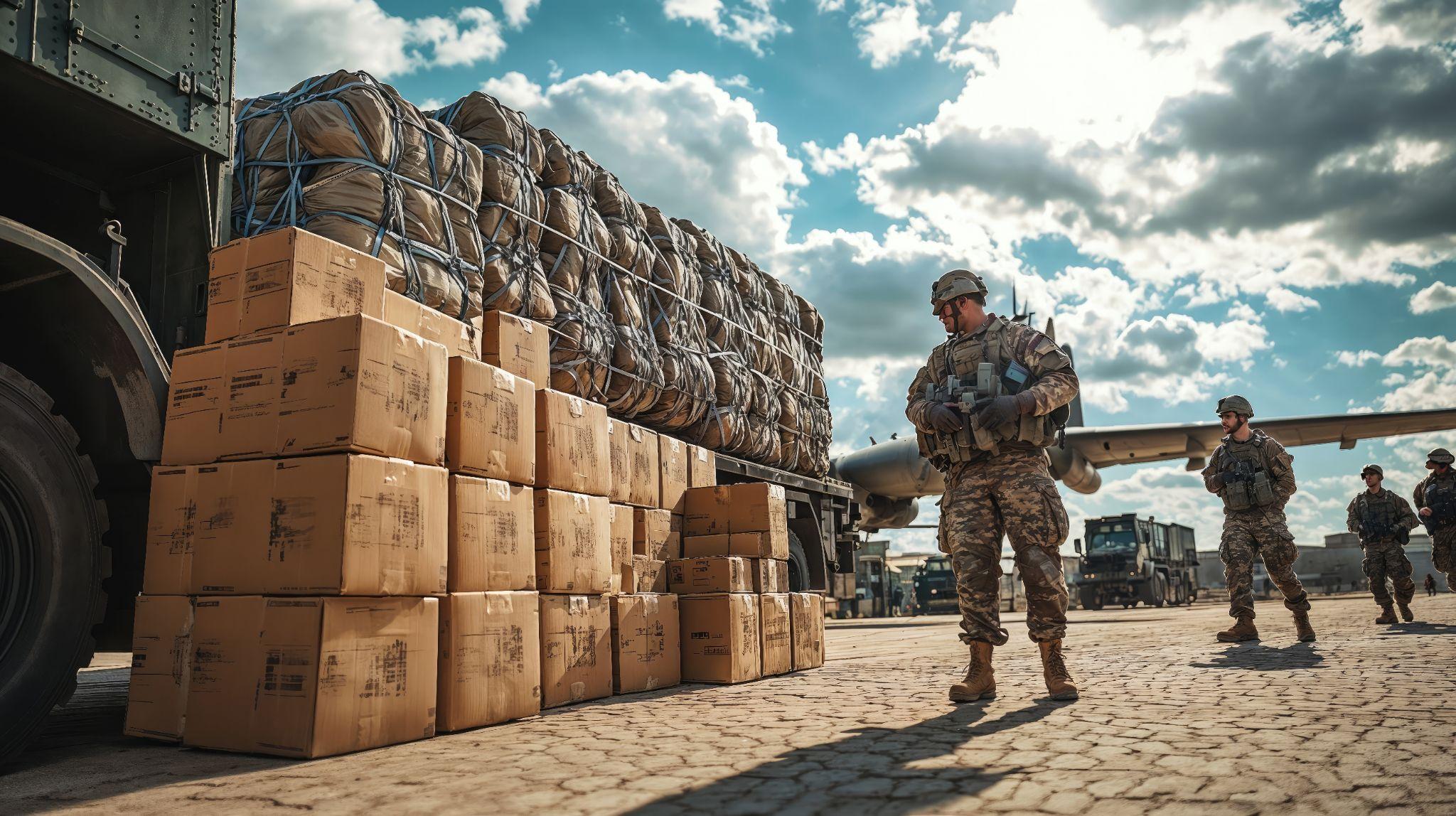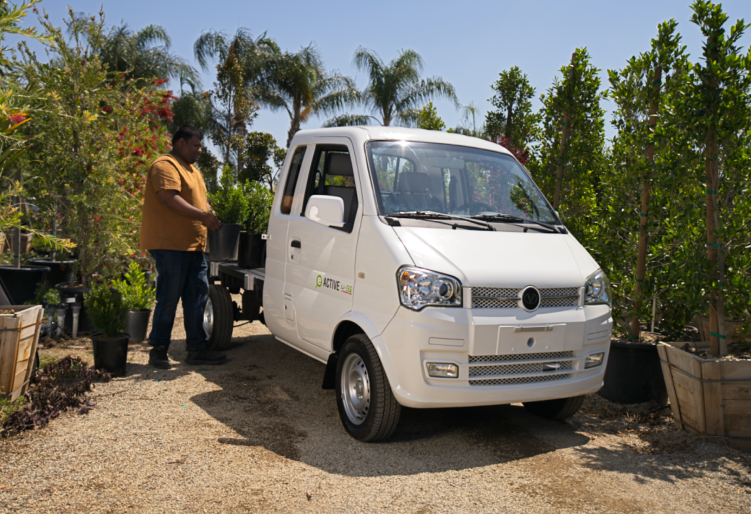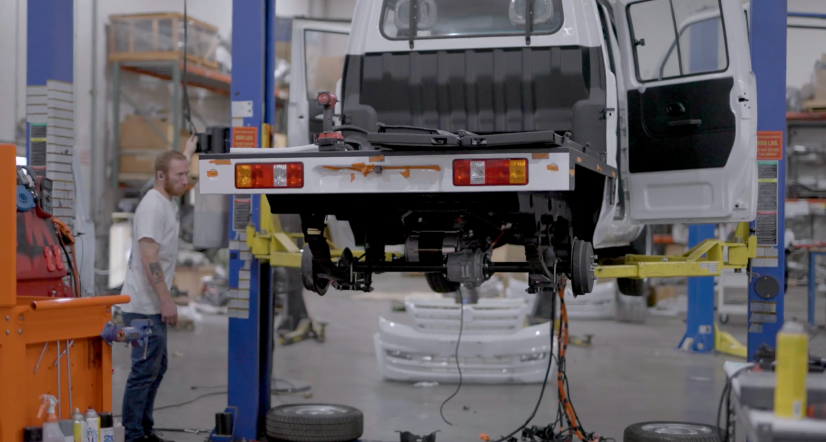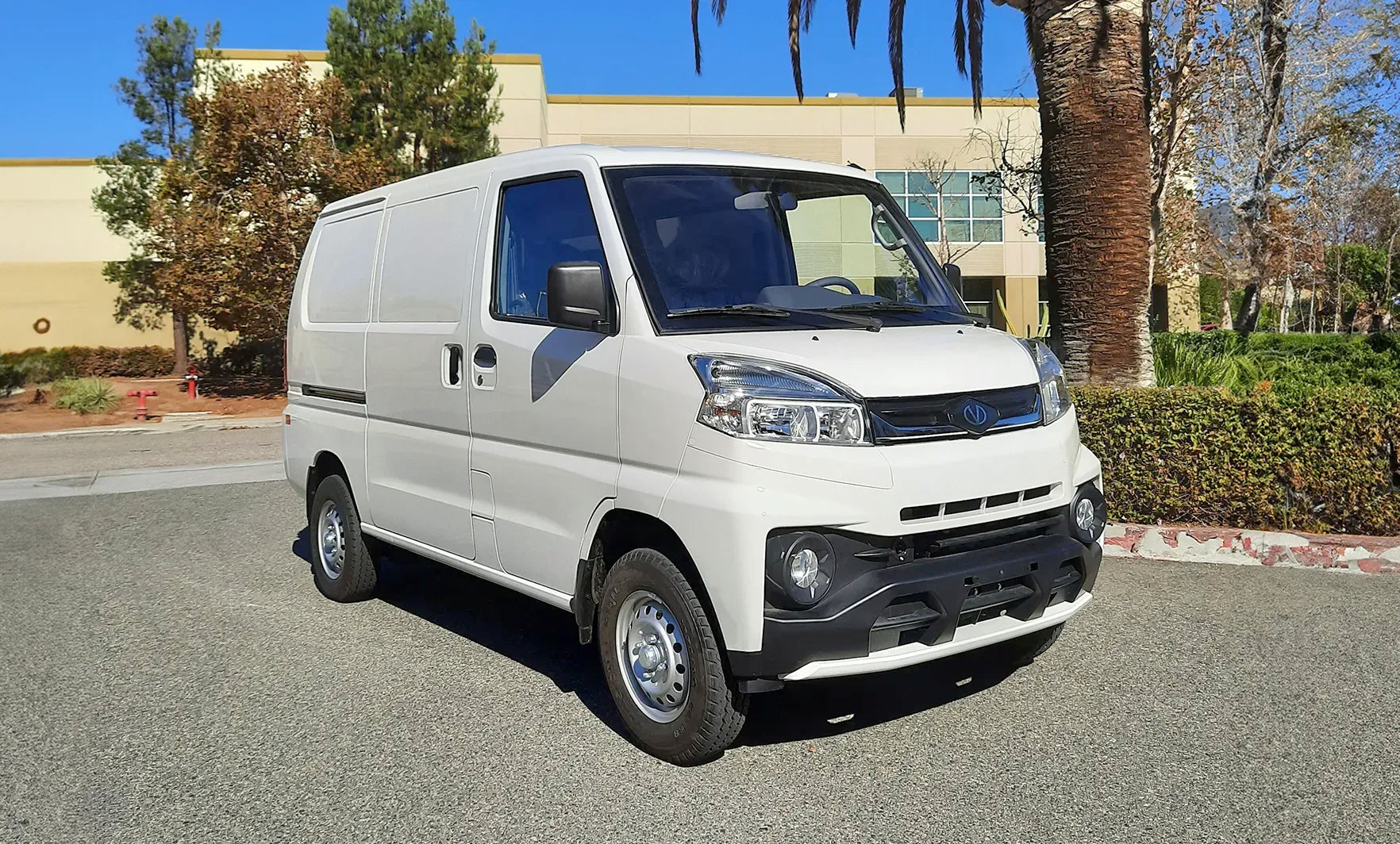The Significance of Utility Vehicles in Modern Military Operations

Utility vehicles play an important role in modern military operations, providing the mobility, efficiency, and versatility necessary for both combat and non-combat missions. From transporting troops and supplies to conducting reconnaissance and maintaining base operations, these vehicles ensure that military personnel can move quickly and effectively across a wide range of terrains.
As warfare and defense strategies evolve, the need for high-performance, adaptable military utility vehicles has never been greater. Whether gas-powered for long-range missions or electric for stealth and energy efficiency, these vehicles support the armed forces in various ways, which we will explore below.
The Role of Utility Vehicles in Military Operations
Utility vehicles serve as the backbone of modern military logistics and mobility, fulfilling diverse functions that support operational success. Their versatility allows them to adapt to multiple operational needs, making them indispensable assets on military bases.
Some of the primary applications of military utility vehicles include:
- Troop and Equipment Transport: These vehicles facilitate the rapid movement of personnel, weapons, and supplies across various terrains. Military trucks and light tactical vehicles (LTVs) are often used to move troops to strategic locations efficiently.
- Reconnaissance and Surveillance Missions: Light, maneuverable vehicles such as the Polaris MRZR are commonly deployed for scouting enemy positions and gathering intelligence in challenging environments.
- Logistical and Supply Chain Support: Utility vehicles are critical for resupplying field units with ammunition, medical supplies, and essential gear. In combat scenarios, ensuring a steady supply chain can mean the difference between success and failure.
- Base Operations and Security: Military bases rely on low-speed vehicles (LSVs) and utility trucks for maintenance, perimeter patrols, and security detail. These vehicles help ensure smooth day-to-day operations.
With the increasing complexity of military engagements, having reliable, adaptable utility vehicles is a necessity.
Gas vs. Electric Military Utility Vehicles
The military increasingly utilizes both gas-powered and electric utility vehicles to meet diverse operational requirements. Each type has distinct advantages, and selecting the right vehicle depends on mission objectives, terrain conditions, and logistical factors.
Gas-Powered Military Utility Vehicles

Gas-powered utility vehicles have long been a staple of military operations due to their high power output and extensive range. They are particularly useful for long-haul missions and rugged environments where access to charging infrastructure is limited.
Advantages
- Extended Range & Quick Refueling – Unlike electric models, gas-powered vehicles can operate for longer distances without requiring recharging.
- Proven Performance & Heavy Payload Capacity – Gas engines offer high torque and towing power, so they’re ideal for transporting large equipment or personnel.
- Easier Maintenance in Field Conditions – Many military personnel are already trained to repair and maintain internal combustion engines.
Challenges
- Fuel Supply Dependency – Requires logistical planning to ensure fuel is available in combat or remote locations.
- Higher Noise & Heat Emissions – Gas engines produce significant acoustic and thermal signatures, making them more susceptible to detection.
Electric Military Utility Vehicles
With the global push for clean energy solutions, military forces are exploring electric utility vehicles (EUVs) as a way to enhance stealth, efficiency, and sustainability. Military EVs are already widely used for base operations, patrol duties, and stealth-based reconnaissance missions.
Advantages
- Silent Operation for Stealth Missions – Unlike traditional vehicles, electric motors produce minimal noise, allowing for discreet movement.
- Lower Heat Signature – Reduced thermal emissions make these vehicles less detectable by infrared tracking systems.
- Lower Operating Costs & Maintenance Needs – With fewer moving parts, electric utility vehicles require less frequent servicing compared to gas-powered models.
Challenges
- Charging Infrastructure Limitations – In active combat zones or remote regions, finding charging stations is a logistical hurdle.
- Range Limitations – Although battery technology is improving, military electric vehicles still struggle with long-range missions without reliable recharging solutions.
Many military organizations are adopting hybrid models that combine the endurance of gas engines with the efficiency of electric power to achieve optimal performance.
Utility Vehicles in Military Bases & Tactical Missions
Military utility vehicles are not only used in combat scenarios but also in day-to-day base operations and strategic tactical missions. These vehicles help keep bases running smoothly while ensuring rapid deployment capabilities when needed.
Military Base Operations
On military bases, utility vehicles are commonly used for:
- Facility Maintenance & Security Patrols – Quick-response vehicles provide base security teams with the ability to cover large areas efficiently.
- Personnel & Cargo Transport – Military installations require constant movement of personnel and supplies across large distances.
- Medical & Emergency Response – Some utility vehicles are outfitted as ambulance units, allowing for rapid casualty evacuation and first aid deployment.
Tactical & Combat Applications
In the field, military utility vehicles support high-risk missions by providing:
- Rapid Response & Deployment – Lightweight vehicles such as the Polaris MRZR allow for quick troop movements in dynamic combat zones.
- Reconnaissance & Surveillance – Tactical units rely on stealth-capable utility vehicles for gathering intelligence and monitoring enemy activity.
- Equipment & Weapons Transport – Military supply convoys use heavy-duty transport vehicles to resupply frontline troops with weapons, ammunition, and provisions.
In short, these vehicles ensure that military personnel are always mission-ready.
Why Military Operations Benefit From Vantage LSVs

At Vantage Vehicle, our GSA-approved low-speed vehicles are designed to support various supply, logistics, and transportation tasks.
Durable Construction for Harsh Conditions
- Vantage’s LSVs are built with rugged unibody construction, designed to endure use in demanding environments.
- Our vehicles are reinforced to handle rough terrains, ensuring reliable mobility on bases and in field operations.
Customizable Configurations for Defense Needs
- Our LSVs can be modified for security patrols, cargo transport, medical response, and logistics operations.
- Available add-ons include turf rims, security sirens, and lockable storage solutions, making these vehicles adaptable for a wide range of military applications.
Gas & Electric Options
- Gas-powered models offer long-range capabilities and quick refueling for extended operations.
- Electric LSVs provide silent, low-maintenance performance, which is ideal for stealth patrols and base operations.
With Vantage’s reliable military LSVs, bases can enhance mobility and reduce operational costs. As vehicles for military use, these LSVs provide many advantages that shouldn’t be overlooked.





